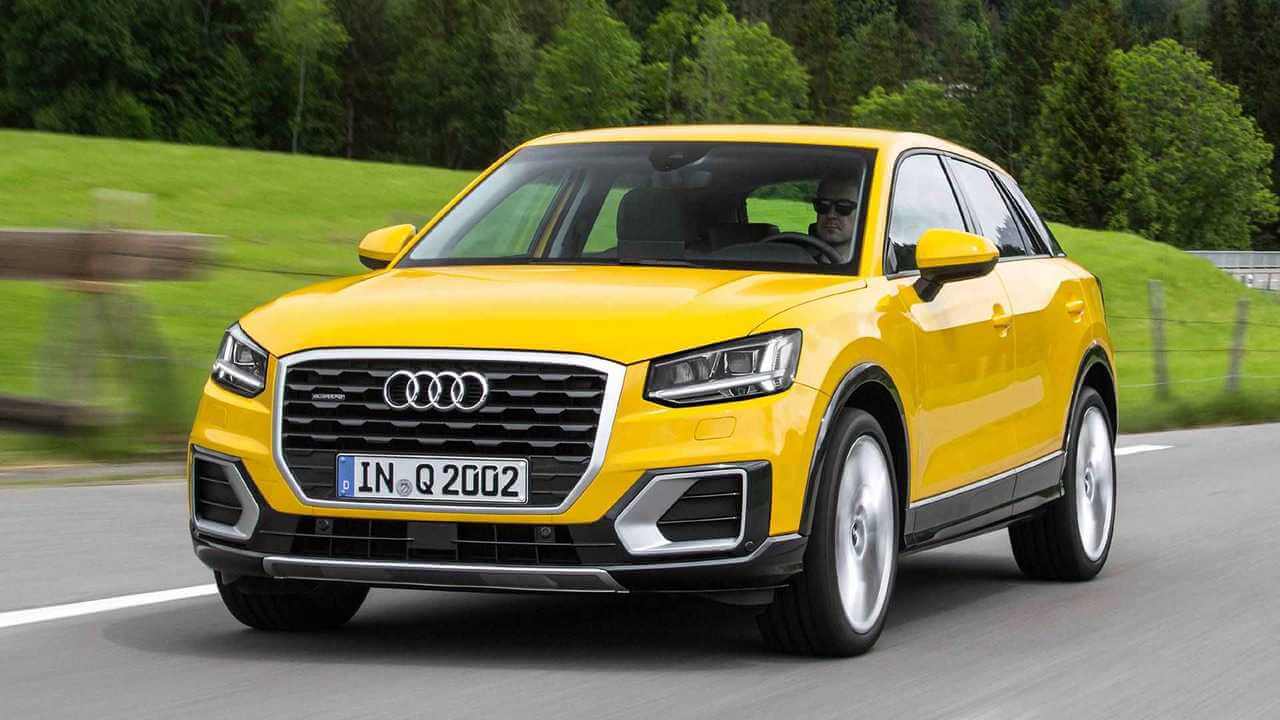
The year is 1980, the Geneva International Motor Show is taking place. Many visitors gather at the Audi booth to see the car, which is simply called "Quattro". It has dual drive, unique driving characteristics and performance unparalleled in a production car. Quattro becomes the messiah of the new automotive religion.
Audi Quattro
Basically, the idea of a dual-drive car is not new. Back in 1902, when cars looked like horseless carriages, the Dutch Spyker was equipped with all-wheel drive. Thirty years later, the dual drive is also used in the Bugatti Tipo 53 sports car, designed specifically for mountain racing. The 4x4 is also finding a place in Formula 1. Stabilizers placed directly on the suspension and transmissions that transmit power to all four wheels are in the spotlight. The controversy surrounding them led to significant changes in the rules of the Grand Prix.
In the 1960s, the small English company Jensen built a double drive into their Interceptor model. Perfectly combining the American Chrysler Big Block engine with the Italian design of the Vignale house, the Interceptor became the first production car with a dual transmission without much noise and excess noise.
Unfortunately, at the time, the two-car scheme proved to be too complex and costly to mass-produce. Despite its undeniable advantages, the system is used mainly on heavy civilian and military off-road vehicles.
Speaking of military equipment… 1976. Audi and VW are testing the lltis prototype for the Bundeswehr. The project is led by Jörg Bensinger, Audi's chief powertrain engineer. The lltis testing team was very impressed with the machine's performance on snow and ice.
“I thought the future of cars also belonged to the dual drivetrain,” Bensinger said. He began serious research in this area, aiming to create a relatively simple dual drive system. His idea also intrigued the then Audi board member, automotive genius Ferdinand Piech. The project begins with the merger of Audi and VW. Bensinger experimented with a variety of propulsion distributions in search of the best solution. In the end, we came to the classic to this day system of 50/50 power distribution between the front and rear axles.
At the heart of this system is a complex but extremely effective TorSen (torque sensitive) differential. The Torsen differential is designed to determine where there is more traction and transfer torque there. He managed to limit scrolling with worm gears and a pair of worm gears. This pair has one feature - the torque from the engine can be transmitted from the gear to the worm gear, but not vice versa. Otherwise, the differential is locked and slippage is limited. Torsen can send up to 75% of all power to the front or rear axle, and in modern cars works great with electronic traction control systems.
Torsen differential
The introduction of the Audi Quattro was the automotive highlight of the 1980s. the model began to gain fame in the World Rally Championship. For several years, Quattro has been the undisputed leader among manufacturers and drivers, proving the undeniable advantages of dual drive.
Other automakers followed suit. BMW, Ford, Mercedes produce 4x4 models, and Subaru has been experimenting with the Leone model since 1974, the predecessor of the Legacy. Different brands also rely on different torque distribution, such as 30+% on the front axle and 60+% on the rear. The second ratio is usually used in cars that were originally rear-wheel drive, and the first ratio is used in cars that were originally front-wheel drive.
In principle, dual transmission systems can be divided into two main groups - those designed to increase flotation and improve road stability. In turn, all-terrain vehicles can have two main types of systems:
- Part Time 4WD (partial double gear). 4x4 is switched on manually only in difficult conditions and on slippery roads. The car has only a junction box with additional low gears, no center differential. When cornering, the distance traveled by each wheel is different - both between the wheels of the front and rear axles, and between the wheels of the same axle. The stresses caused by these differences place a huge strain on the system on dry surfaces and good traction, but on slippery terrain they are offset by slippage.
- Full Time 4WD (permanent dual transmission). In this system, a differential is added to the junction box. With it, the double gear works constantly, regardless of the type of road surface. This versatility makes Full Time a particularly preferred type of 4x4 system.
- AWD (All Wheel Drive) Power is constantly transmitted to all four wheels through a viscous coupling in a predetermined proportion, which can vary within certain limits depending on road conditions. This version does not have a junction box. Most AWD systems send only a small amount of power to one bridge while the other is constantly active. If necessary, the torque can be automatically “spilled” without driver intervention.
A variety of technical solutions is due to the different purpose of individual systems, dictated by the scope of a particular vehicle. For military vehicles and most "serious" civilian vehicles designed for driving in difficult conditions, torque differentials and gearboxes are mandatory. In most cases, the differentials of these vehicles can also be locked.
However, with the conversion of SUVs to luxury cars, many manufacturers are moving to an all-wheel drive system. Advances in automotive software, a key part of this system, also play an important role.
Dual transmission cars are not as common today as they were in the early 90s, and most manufacturers are replacing them with cheaper electronic traction control systems. On the other hand, a new group of "sports-practical" cars, better known as off-road vehicles (SUVs), is emerging. Today, almost every automaker offers an SUV model in its lineup. Generally speaking, an SUV combines the body of a van or station wagon with a light SUV chassis and dual drive.
The BMW X5 is a typical SUV with a multi-plate center differential that distributes up to 100% of the torque to the rear axle and high-speed electronics that control the distribution between the front and rear axles.
Modern SUVs rely on the simpler AWD dual drive system, which uses a dual transmission combined with electronically controlled torque on all four wheels.
Dual-wheel drive vehicles excel in all road conditions - even on perfectly dry surfaces. Their qualities become especially evident when driving on snow, ice or sand.

 Методы кодировки от курения
Методы кодировки от курения Глобальная борьба с курением
Глобальная борьба с курением Совместимость курения и спорта
Совместимость курения и спорта